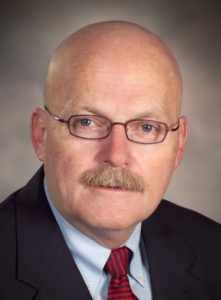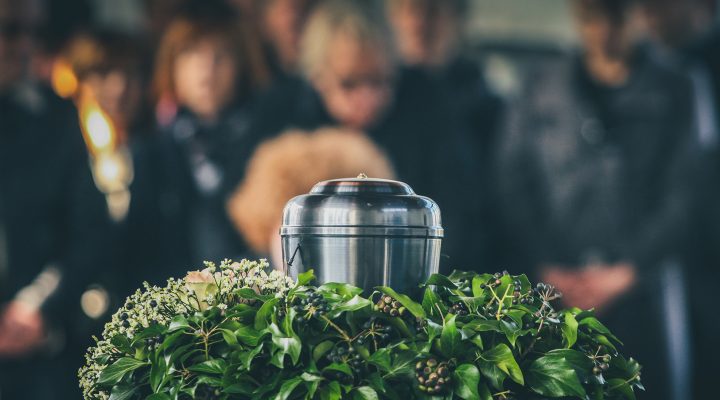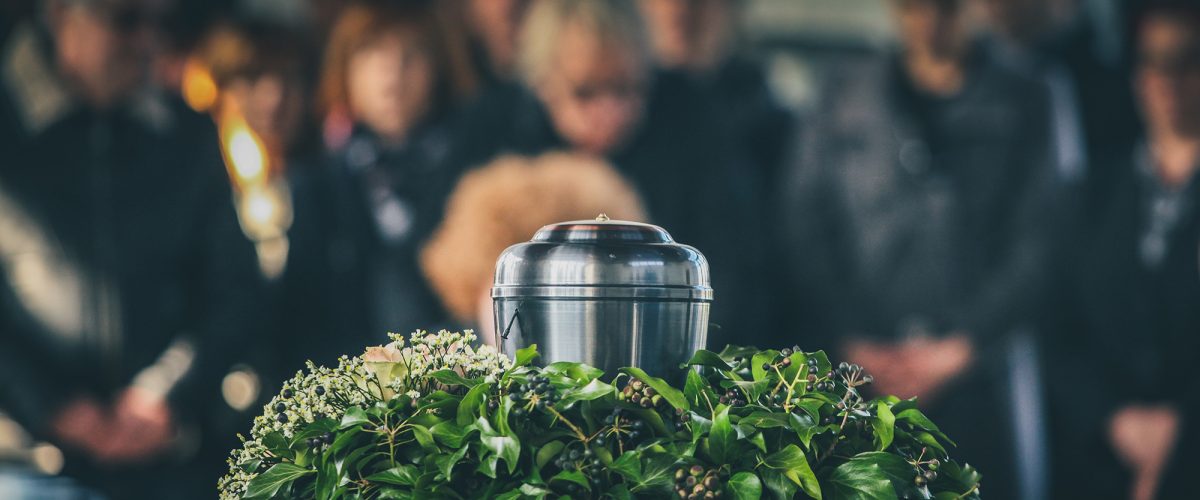The ongoing surge in U.S. cremation rates can accurately be described as “stunning,” author and grief educator Harold Ivan Smith said.

Harold Ivan Smith
“When I was in mortuary school in 1966, cremation was probably done in 1% of cases,” said Smith, also a thanatologist, celebrant for Forest Lawn Mortuaries in Palm Springs, Calif., and an opinion writer for Baptist News Global.
Since then, the national per-death cremation rate has skyrocketed, reaching 27% by 2000 and 57.5% in 2021, according to the Cremation Association of North America. The rate is projected to reach 64% by 2025.
Smith said his own research on death and grief, his interactions with families in mourning and reports produced by organizations like CANA demonstrate that the factors driving the popularity of cremation are numerous and complicated.
But money and time should be at or near the top, he said. “Most of the statistics say the No. 1 reason is cost, but convenience is very behind this, too. It’s just become simpler for people to say, ‘Let’s cremate. Then we will have a service when we can.’”
A 2021 study by the National Funeral Directors Association said U.S. cremations surpassed burials for the first time in 2015. The report projected cremations to continue rising, from 1.56 million in 2019 to just under 3 million in 2040, which would represent 78.4% of all U.S. deaths that year.
U.S. cremations surpassed burials for the first time in 2015.
Global cremation rankings included in the report show the United States trailing most other developed nations in cremations, including Japan at 100%, the United Kingdom at 78% and Canada at 74%.
Of all cremations performed in the U.S. in 2020, 35% occurred without a memorial service, 27% included casketed funerals with a viewing before cremation, and 38% were direct cremations, meaning no viewing or services were held prior to cremation but could have been held separately. Often, memorial services are held independently of a cremation schedule, offering greater flexibility in scheduling.
NFDA cited multiple causes for the trend, including cost. “Typically, cremations cost 40% less than funerals with burials.”
The COVID-19 pandemic also led cremations to be seen as speedy alternatives to the wait times and social distancing for burial rites during the height of the outbreak, when the number of participants at services were limited and funeral homes experienced backlogs of work.
“Nearly two-thirds of NFDA-member funeral homes (60.9%) stated that the cremation rate at their firm increased since the COVID-19 crisis began,” the organization reported. “Since cremations generally generate less revenue than burials, the already increasing cremation rate will likely grow at an even higher rate in the next few years.”
The association also cited the annual decline in American religiosity as a major factor in the trend toward cremations.
“A surge in the number of Americans who no longer identify with any religion has contributed to the decline of the traditional funeral in the U.S. and the rise of cremation as the disposition method of choice. Those who are non-religious are most likely to consider cremation for family and friends.”
That trend corresponds to decreased interest in overtly religious funeral services, NFDA said. “Since 2012, the percentage of U.S. consumers age 40 and older who feel it is very important to have religion as part of a funeral decreased from 49.5% in 2012 to 35.4% in 2019.”

Jordan Conley
But people of faith, including many from conservative evangelical backgrounds, are overcoming theological concerns to choose cremation over burial, said Jordan Conley, a licensed Kentucky funeral director and a minister at Crescent Hill Baptist Church in Louisville and also a BNG columnist.
“Cremation was certainly a concern for Baptists and others who would say, ‘We are trying to stay out of the fire, why would we want to go into the fire?’ Now they have made the calculation that grandma and grandpa, or mom and dad, are not going to hell if we cremate them.”
And money often is the motivator influencing that theological shift.
“People aren’t as spooked about cremation as they once were, and at the end of the day folks don’t see the sense in spending a lot of money on funerals anymore,” Conley said. “You take a service with a family having a traditional burial in a cemetery. If the family is purchasing a casket and a plot or a vault, they are looking at $20,000 or $30,000 and upward. If you do direct cremation, you’re looking at probably $1,800 as a ceiling, which probably includes some reasonably priced urn.”
Conley said it’s a remarkable trend that he’s regularly seeing himself and hearing about from colleagues.
“Most funeral directors, no matter where they’re located, will probably tell you that each year they do more cremations than they did in the prior year. That’s been a trend here in Louisville, and as I speak with others that seems to be the case in the state of Kentucky as well.”
In its 2022 study, the Cremation Association of North America cited another contributor to the rise in cremations: increased geographic mobility.
“More of the U.S. population has chosen to roam across the country and around the world. Many have loosened their connections to their geographic origins and increased their exposure to new traditions,” the association explained.
That trend makes cremations ideal for spread-out families who cannot travel for burials, and for those who do not want to risk leaving a dead loved one behind in the next move, Smith said. “Yes, people are too mobile, and they see no need for a cemetery. Another factor in cremation is that people have moved so many times that they don’t have an attachment to home anymore.”
“People have moved so many times that they don’t have an attachment to home anymore.”
For others, it is a desire to avoid clergy and churches that convinces them to select cremation, he said. “We are seeing a strong move against preachers doing services. People come in knowing they do not want a funeral because the last funeral they went to the preacher spoke about sin, death and hell. So, they often choose cremation.”
The rise in cremations also may be driven by family dynamics, especially when resentment is harbored toward the deceased, Smith said. “There are people who come in and just say, ‘Burn the SOB.’ There are some very angry funeral decisions because of sexual abuse, substance abuse, absentee parents and whatever else the kids went through.”
He added that the American penchant for not accepting death should not be discounted. “There is a statistic that something like 6% of cremains are never picked up at funeral homes because they are unwanted proof that mamma is dead. So, for some people, cremation is among the many ways to deny death.”
Related articles:
The pandemic of the unclaimed dead | Analysis by Harold Ivan Smith
Digital e-funerals split church emotions as migration redraws Africa’s bereavement norms


